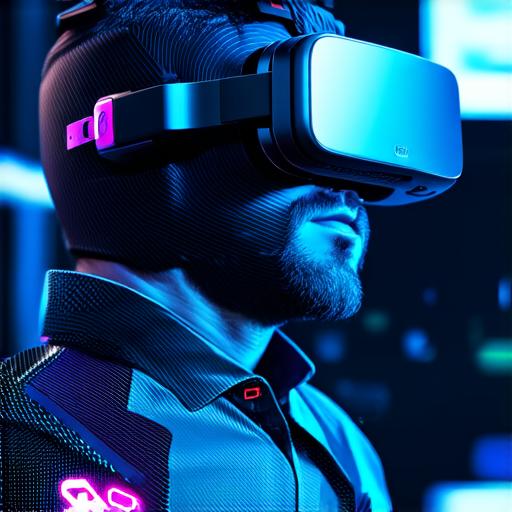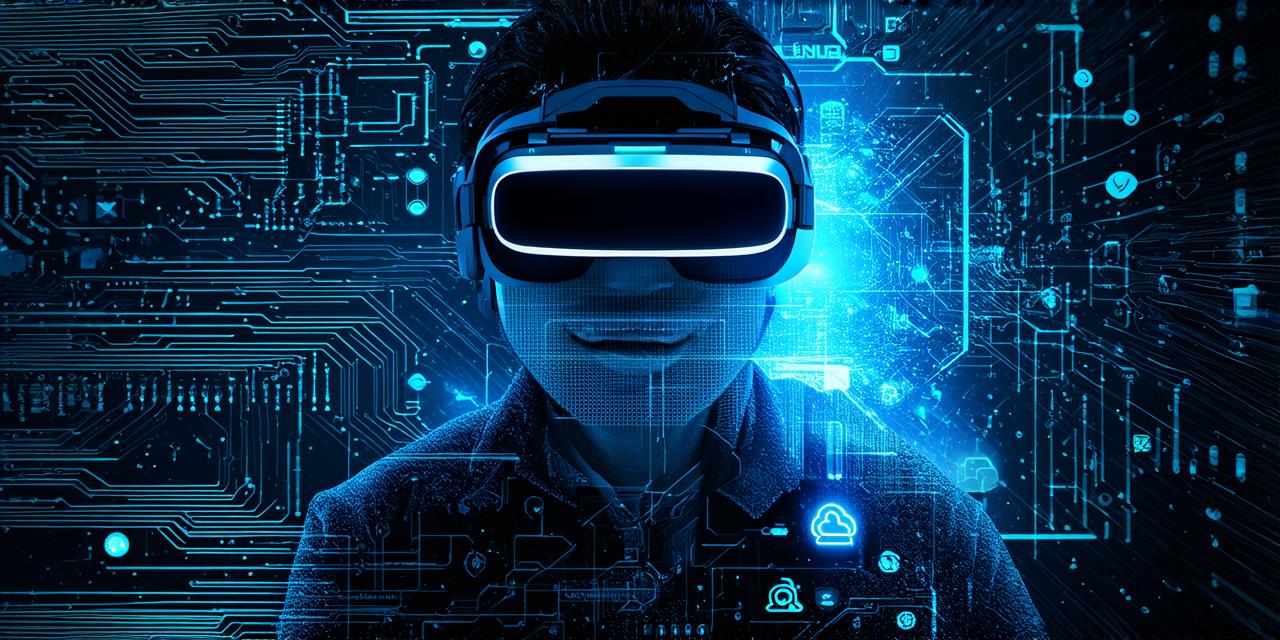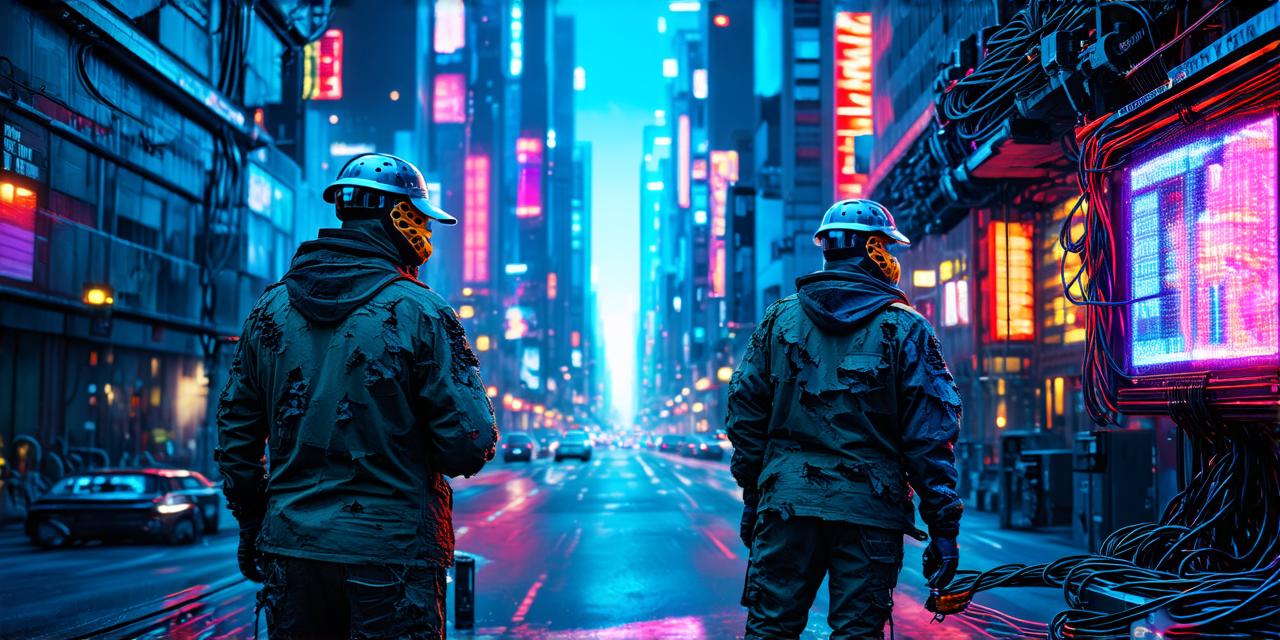Virtual reality (VR) has gained immense popularity in recent years, with applications ranging from gaming and entertainment to education and healthcare. One of the latest trends in VR technology is virtual reality as a service (VRaaS), which allows organizations to access VR solutions on a subscription basis rather than purchasing them outright.
In this article, we will explore what VRaaS entails and how it can benefit businesses and individuals alike.
What is Virtual Reality as a Service?
VRaaS is a cloud-based service that provides users with access to VR solutions on a subscription basis. This means that users do not have to purchase expensive hardware or software to use VR technology, but instead pay a monthly fee for access to the technology and its associated content.
There are several benefits of using VRaaS over traditional VR solutions. Firstly, it is more cost-effective, as organizations can avoid the upfront costs associated with purchasing hardware and software. Secondly, it allows businesses to easily scale their VR deployments based on their needs, without having to invest in additional infrastructure.

A typical VRaaS subscription will include access to a range of VR solutions, including hardware and software, as well as ongoing support and maintenance. The subscription will also provide users with access to content libraries, which can be used for training, education, entertainment, and other purposes.
Some VRaaS providers may offer customized solutions, where users can create their own content or integrate existing applications into the VR environment. This allows businesses to tailor the technology to their specific needs, without having to rely on third-party developers.
VRaaS has applications across a wide range of industries, including:
- Healthcare: VR is being used for training medical professionals in areas such as surgery and emergency medicine, as well as for pain management and rehabilitation.
- Manufacturing: VR is being used for product design and prototyping, as well as for training workers on complex production processes.
- Education: VR is being used to create immersive learning environments that enhance engagement and understanding of academic material.
- Retail: VR is being used for virtual store tours, product demos, and customer service training.
- Entertainment: VR is being used for gaming, as well as for creating immersive experiences for movies and live events.
Conclusion
Virtual reality as a service (VRaaS) provides users with access to VR technology on a subscription basis, without having to purchase expensive hardware or software. This makes VR more cost-effective and accessible to businesses and individuals alike. With its range of benefits and applications across a wide range of industries, VRaaS is set to revolutionize the way we interact with technology in the coming years.



